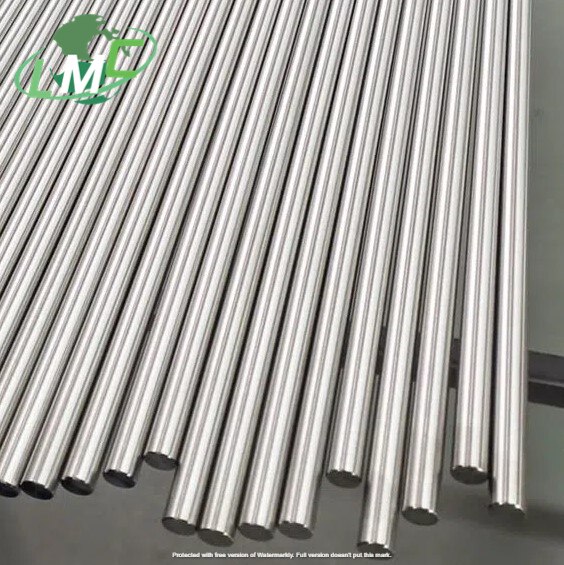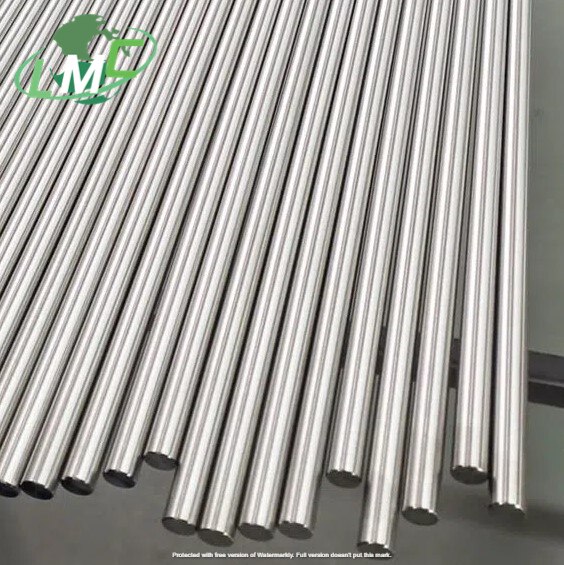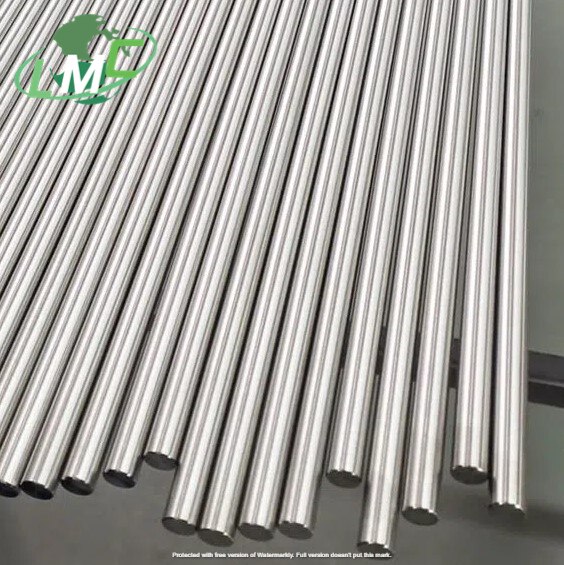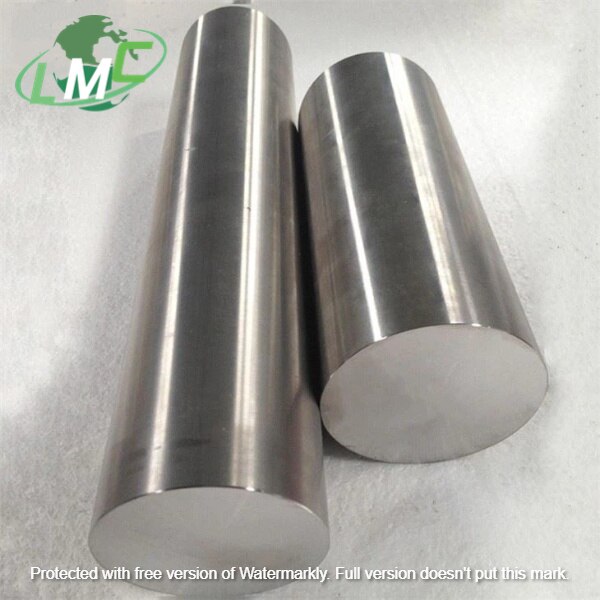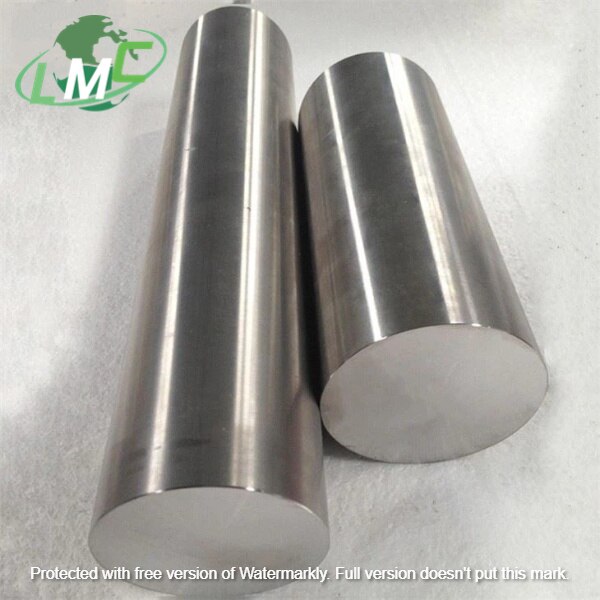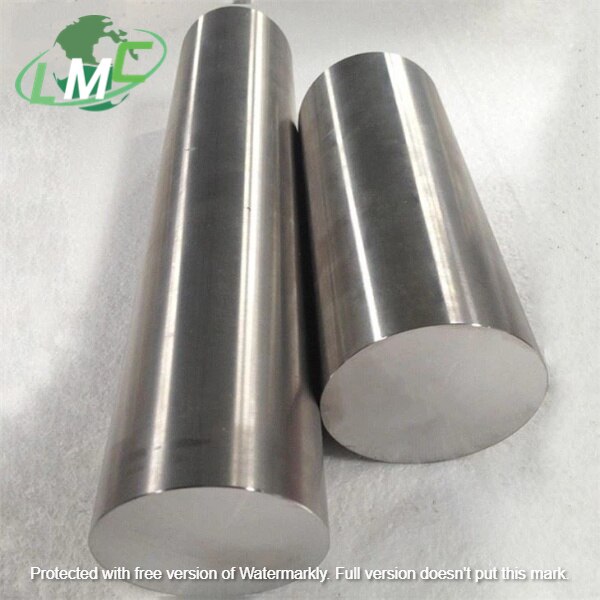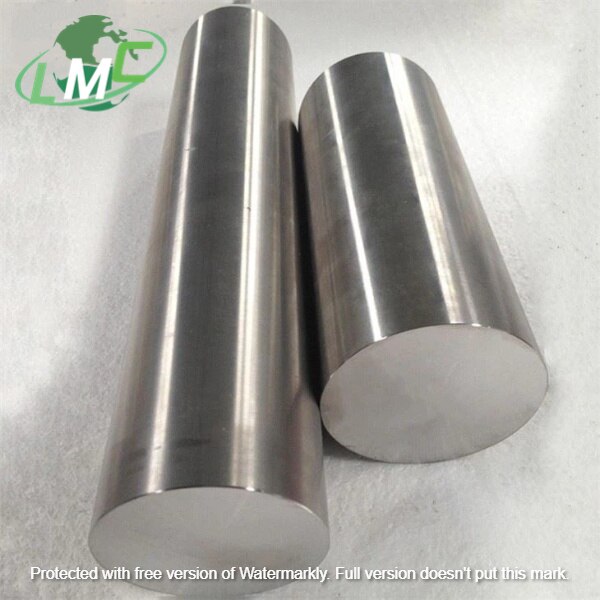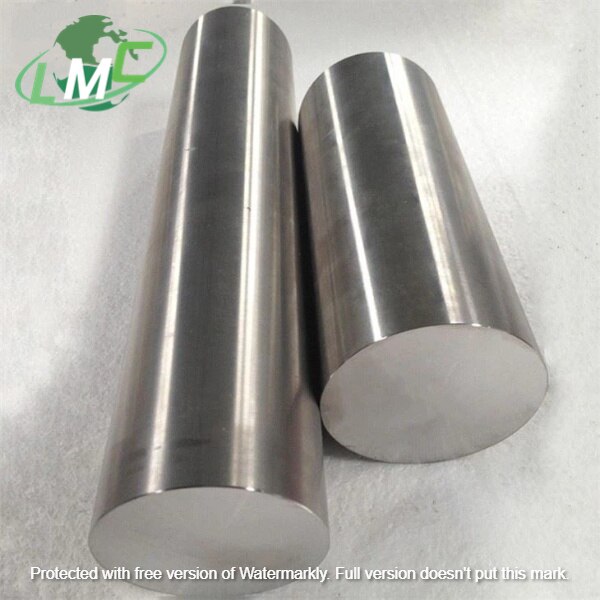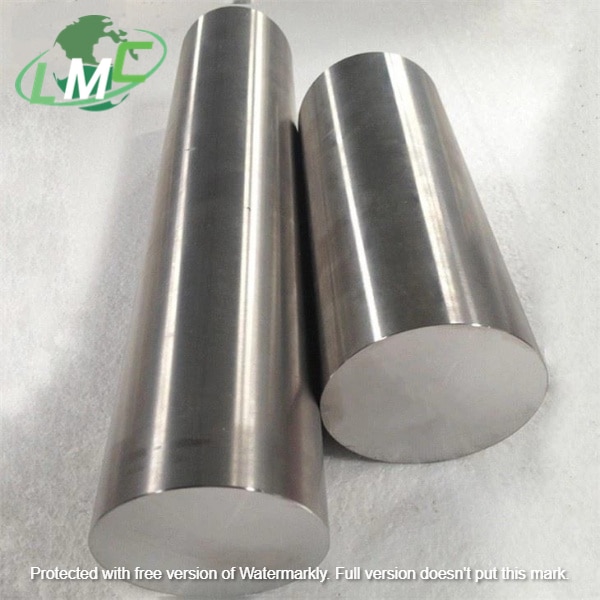Product Name: Titanium Bar Standard: ASTM B348 Material: GR1, GR2, GR5, GR7, GR12 Shape: Round, Square, Flat, Hex Diameter: 6-350mm Length: Max 6000mm Surface: Bright Grade 7 Titanium Round Bar Product Information Standard: ASTM B348, AMS 4928, ASTM F67,ASTM F136 Grade: GR1, GR2, GR4, GR5, GR7, GR12, GR23, TC11, TC21 Russian Grade: BT1-00,BT1-0,BT1-2, BT9, BT22 Shape: Round, Square, Flat, Hex Diameter: 3-350mm Length: up to 6000mm, random length is also ok and the price is lower Tolerance: H8, H9, H10, H11, H12, H13K9, K10, K11, K12 or as per your requirements Surface: Polishing, Pickling Condition: Annealed Features: 1. Not any defects free from cracks no pitting. 2. Two ends flatting making sure length tolerance and good looking. Chemical Composition Element Titanium Grade 7 Pd 0.12-0.25 Ti Bal Fe 0.30 max C 0.08 max N 0.05 max H 0.015 max O 0.2 max Mechanical Properties Element Titanium Grade 7 Density 4.51g/cm³ Melting Point 1668 ℃ Tensile Strength(Mpa) 370 Yield Strength(Mpa) 250 Elongation(%) 20 Reduction of area(%) 25

